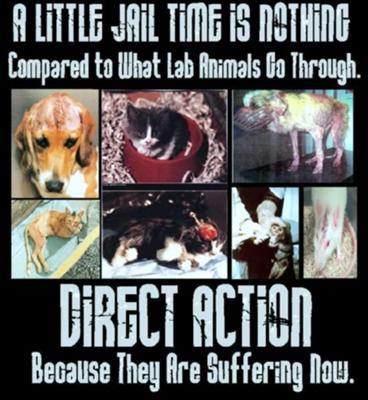My seed took until the next Saturday to show a tiny bit of green sprout, and until Sunday to actually have two leaves.
After that, the plant seemed to grow rapidly. Daily I could check on it and see a noticeable difference in the height of the stem. One of the most interesting things about it was that the leaves continuously reached for the sun, no matter which direction I turned the cup.
Soon two other leaves began to grow on the opposite sides of the original two. At about this point, the plant was very top heavy and I tried propping up the stem with a straw so that it could be straighter instead of bending so drastically to look for the sun.
Just below the leaves, on the stem, a growth began that I can only describe as "fuzzy". This part of the stem then began to grow higher than the original leaves so that there were two distinct sets. It was at about this time that I began to notice that the original leaves were drying out. I had only been watering occasionally as instructed, but even that was causing the soil to overflow so that I needed to dump the water out to prevent drowning it. As a compromise, I cut a few holes into the bottom of the cup and placed the cup in a thin layer of water. This seemed to help for a little while, and in the middle of the top leaves another growth began.
Unfortunately, this last picture is the last life of my plant. Despite dealing with the water problem, I suspect that the unfortunate orientation of my house and it's lack of sunny places seriously compromised the plant's growth. It constantly had to fight to get the little bit of sun that came in through the window, and a series of overcast days did not help things towards the end of its life.
The plant did die, though I'm not convinced that it was solely because it wilted. I was able to make some positive progress even after the leaves started to dry, but one day when I looked at the plant, it had literally been cut in half. I find it hard to believe that the entire thing wilted overnight, especially since the stem and the "fuzzy" part of it was still vividly green and strong. I suspect that an animal (cat, maybe mouse) might have eaten it, especially considering that I never found the entire top part of the plant, only one or two leaves.






















